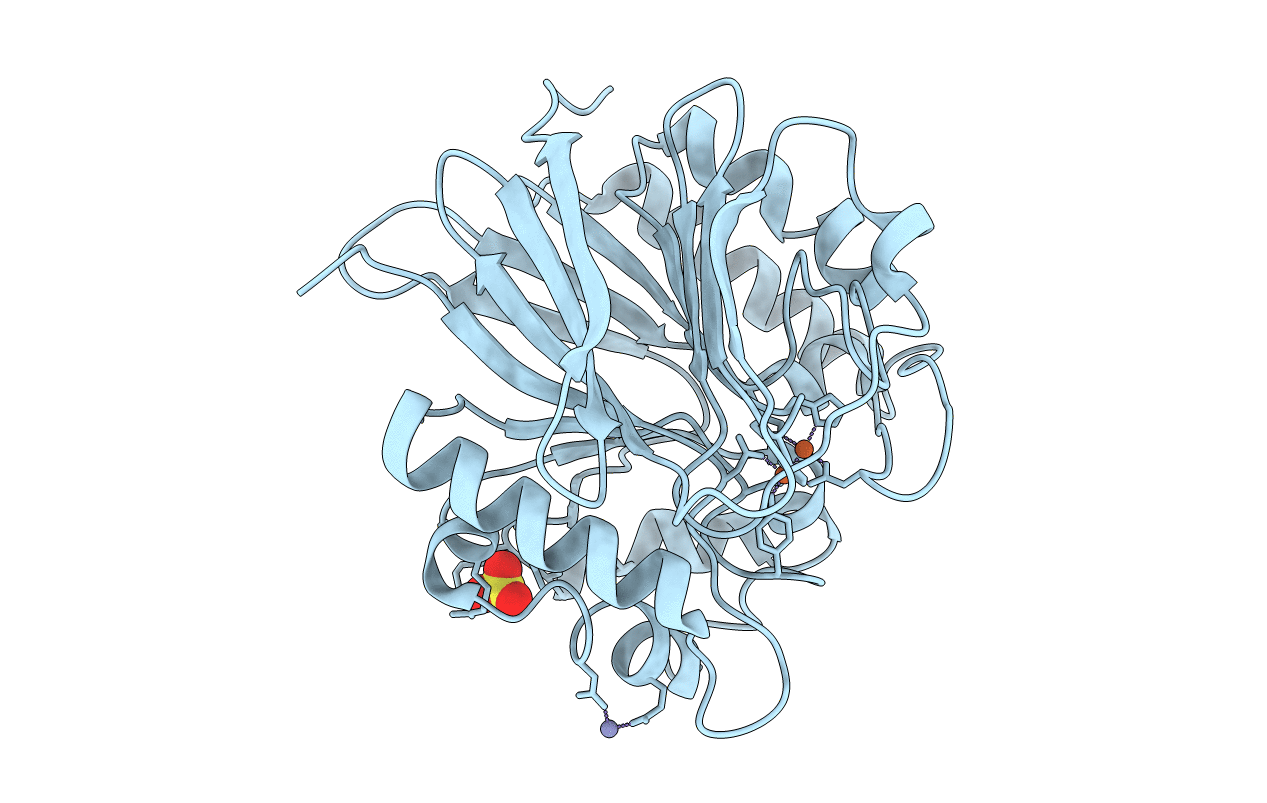
Deposition Date
2005-04-27
Release Date
2005-10-24
Last Version Date
2024-10-23
Entry Detail
PDB ID:
2BQ8
Keywords:
Title:
Crystal structure of human purple acid phosphatase with an inhibitory conformation of the repression loop
Biological Source:
Source Organism:
HOMO SAPIENS (Taxon ID: 9606)
Host Organism:
Method Details:
Experimental Method:
Resolution:
2.20 Å
R-Value Free:
0.21
R-Value Work:
0.18
R-Value Observed:
0.18
Space Group:
P 61 2 2


